Archives
- 2018-07
- 2019-04
- 2019-05
- 2019-06
- 2019-07
- 2019-08
- 2019-09
- 2019-10
- 2019-11
- 2019-12
- 2020-01
- 2020-02
- 2020-03
- 2020-04
- 2020-05
- 2020-06
- 2020-07
- 2020-08
- 2020-09
- 2020-10
- 2020-11
- 2020-12
- 2021-01
- 2021-02
- 2021-03
- 2021-04
- 2021-05
- 2021-06
- 2021-07
- 2021-08
- 2021-09
- 2021-10
- 2021-11
- 2021-12
- 2022-01
- 2022-02
- 2022-03
- 2022-04
- 2022-05
- 2022-06
- 2022-07
- 2022-08
- 2022-09
- 2022-10
- 2022-11
- 2022-12
- 2023-01
- 2023-02
- 2023-03
- 2023-04
- 2023-05
- 2023-06
- 2023-07
- 2023-08
- 2023-09
- 2023-10
- 2023-11
- 2023-12
- 2024-01
- 2024-02
- 2024-03
- 2024-04
- 2024-05
- 2024-06
- 2024-07
- 2024-08
- 2024-09
- 2024-10
- 2024-11
- 2024-12
- 2025-01
- 2025-02
- 2025-03
- 2025-04
- 2025-09
- 2025-10
-
In mice our EBI EGFP reporter showed that EBI is
2021-04-02
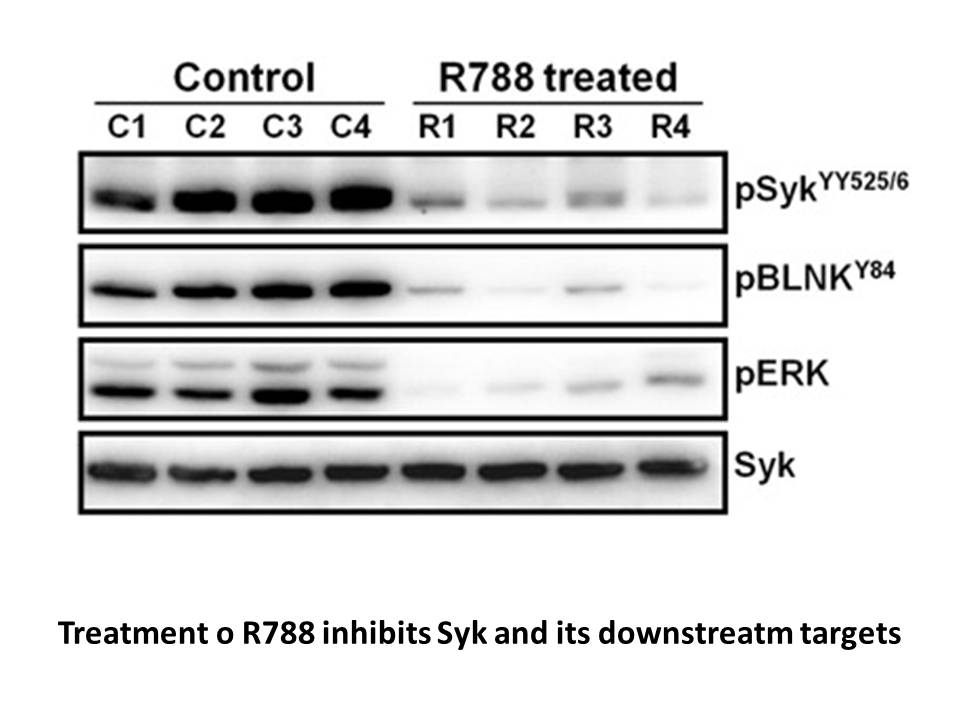
In mice, our EBI2EGFP reporter showed that EBI2 is expressed consistently in naive T helper cells. Already single positive CD4+ thymocytes express EBI2 (not shown). In effector and regulatory T cells in naive mice, the percentage of EBI2 expression was lower (∼40%). Like others (Liu et al., 2011), w
-
Diabetic retinopathy is a chronic inflammatory disease
2021-04-02
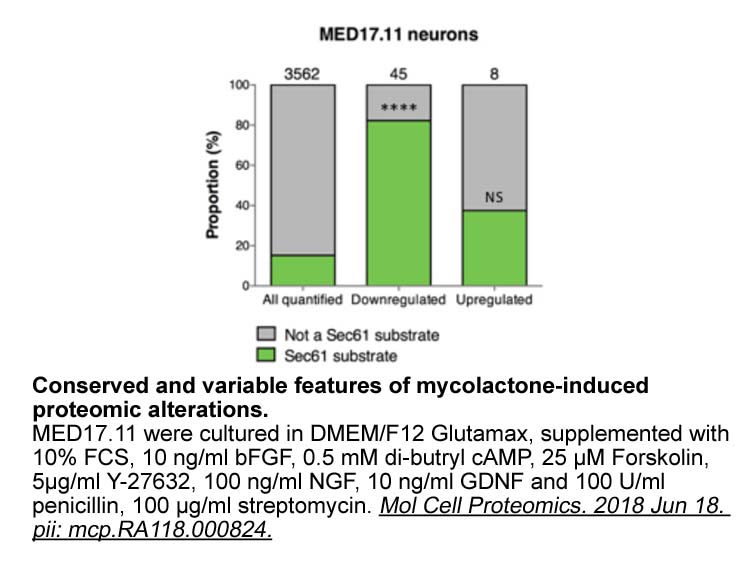
Diabetic retinopathy is a chronic inflammatory disease. Local inflammation plays a pivotal role in the pathological development and progression of this disease [24]. In addition to TNF-α, several other cytokines, chemokines, and other factors such as IL-1β, IL-6, and C-reactive protein have been ind
-
br Regulation of DGK activity
2021-04-02
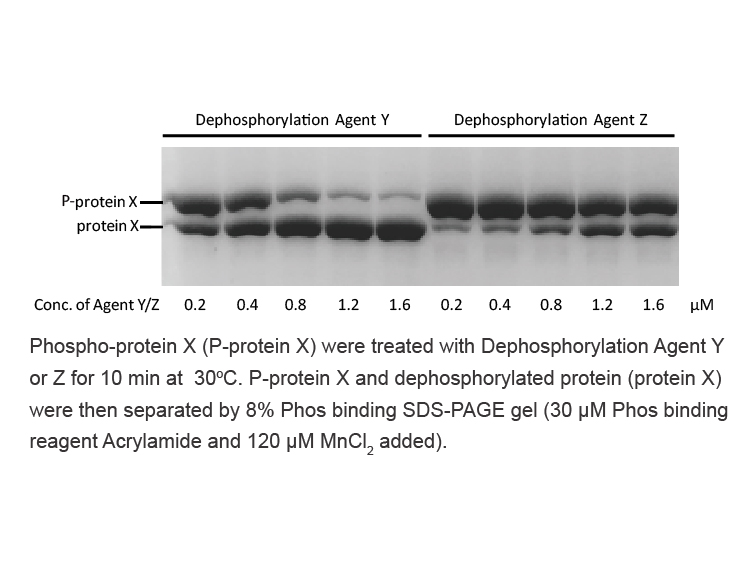
Regulation of DGK activity Activation of the DGKs is complex and unique for each DGK isotype. In most cases, DGKs must translocate to a membrane compartment to access DAG. However, translocation does not necessarily activate the enzyme [57]. In addition, DGK activity can be modified by other cofa
-
As part of a program to explore the key binding
2021-04-02
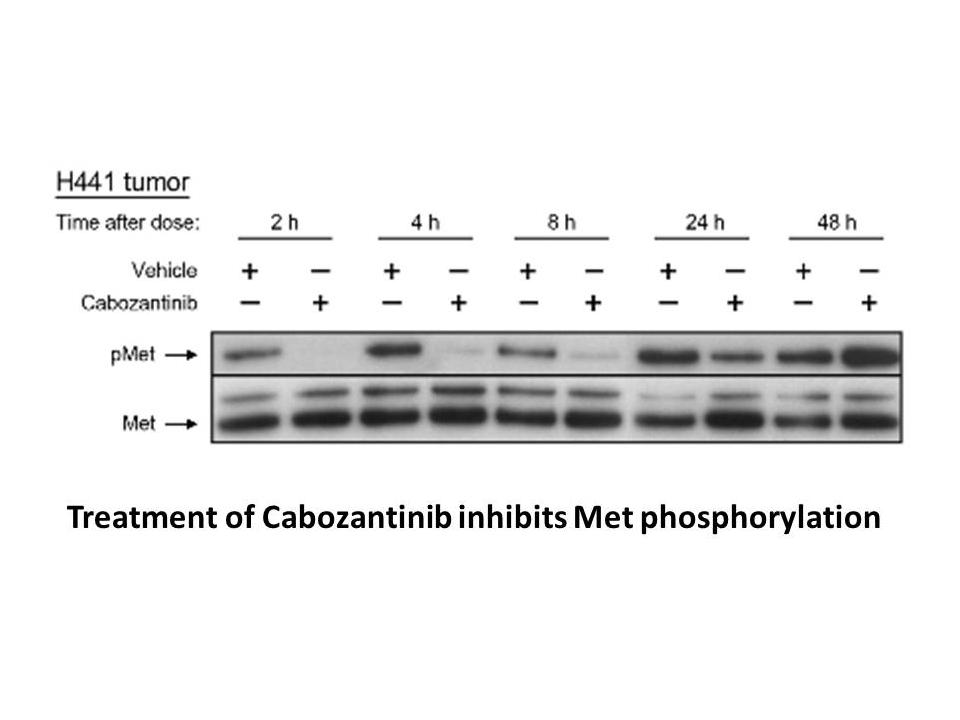
As part of a program to explore the key binding interactions between the core of 1 and DGAT-1 a systematic analysis of the aminopyrimidine subunit was initiated. A potential approach to improving passive permeability within this series would be to increase lipophilicity via incorporation of substitu
-
br CXCR CXCR is a homeostatic chemokine receptor for lymphoc
2021-04-02
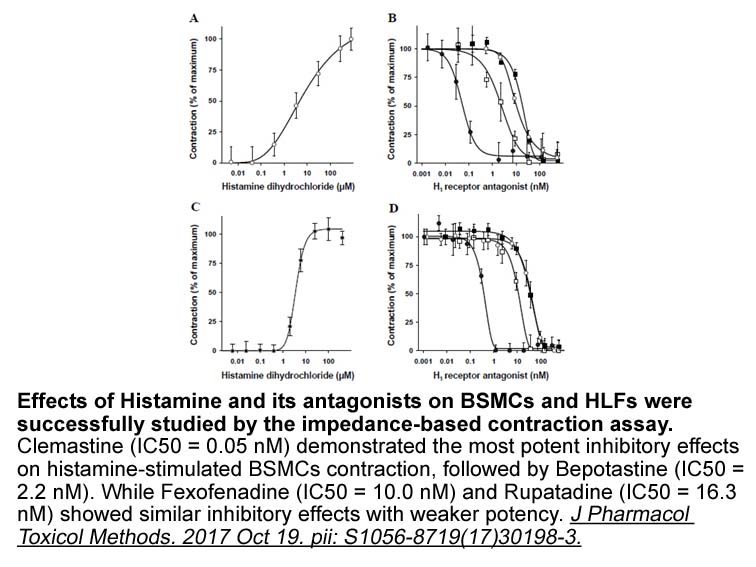
CXCR5 CXCR5 is a homeostatic chemokine receptor for lymphocytes and plays a critical role in the development of lymphoid organs as well as regulating the interaction between antigen presenting cells and lymphocytes (Cannons et al., 2012). It is one of the major chemokine receptors dictating norma
-
The requisite extended benzyl alcohols
2021-04-02
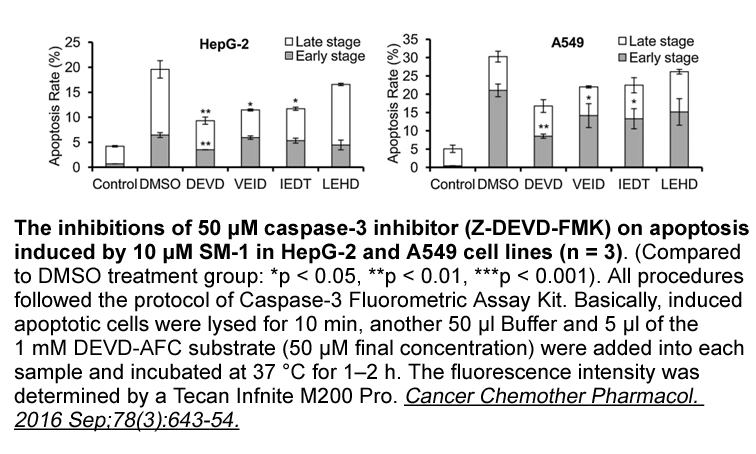
The requisite extended benzyl alcohols –, , and and final potential DFG-out binding hybrid inhibitors – and – were prepared as shown in , . Benzaldehyde was alkylated with -methoxybenzyl chloride and then reduced with sodium borohydride to give benzyl alcohol . Pyridine derivative was prepared by
-
Although PGD was initially considered to elicit its biologic
2021-04-02

Although PGD was initially considered to elicit its biological actions through a classical PGD receptor (DP1), later findings suggested that several PGD-mediated actions of eosinophils arise via DP2,, which is also known as CRTH2 (chemoattractant receptor-homologous molecule expressed on Th2 cells)
-
We also identified a role for the
2021-04-02
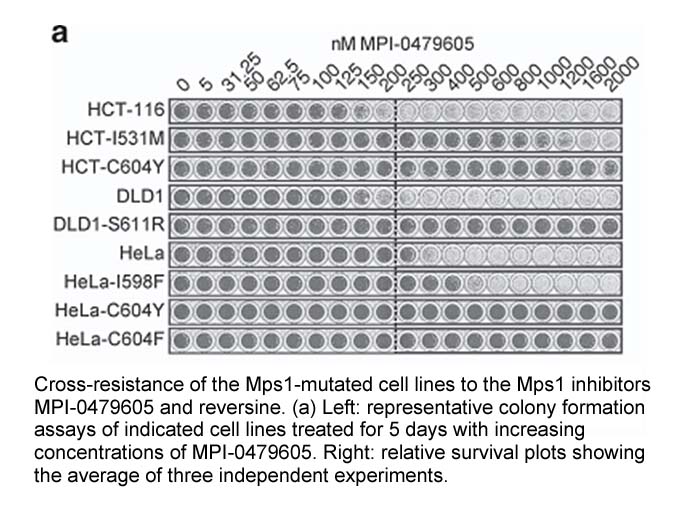
We also identified a role for the transcription factor p53 in the regulation of the Crm1 promoter. p53 can activate or repress the transcription of target genes. While activation generally occurs through binding of p53 to its consensus binding site in the promoter region of target genes, for example
-
br Outcome of COX overexpression Although a causal role for
2021-04-02
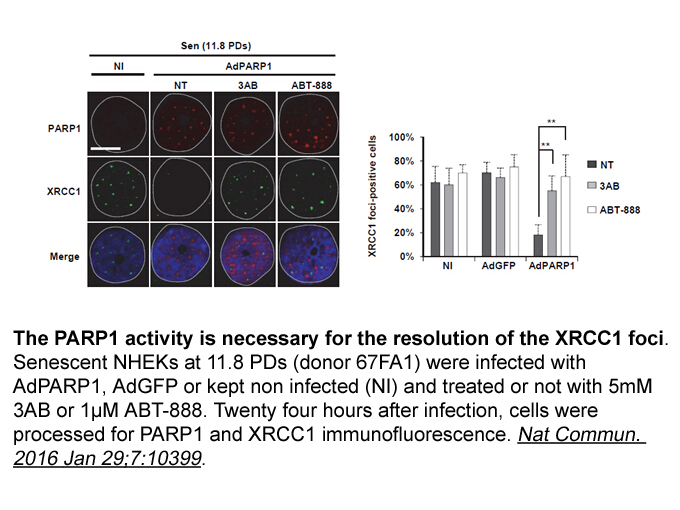
Outcome of COX-2 overexpression Although a causal role for COX-2 has been proposed, mechanisms by which COX-2 function contributes to the pathogenesis of hyperplastic disease are not well defined. To examine if there is any correlation between COX-2 and p53 protein levels, Kumagai et al. [15] rec
-
To characterize Ea and S
2021-04-02
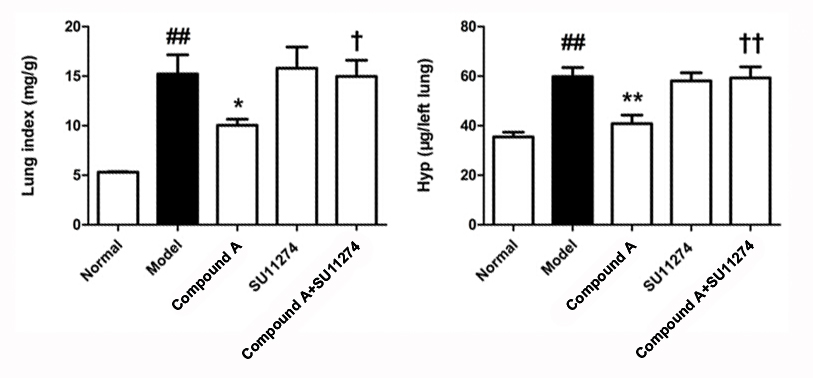
To characterize Ea and γ·S, DC/AC electrical parameters will be determined from MIL standard measurements in a temperature range of −55 to +200°C. It is therefore necessary also to characterize the junction temperatures and hot points by infra-red or electrical method. The accelerated aging, represe
-
69 8 synthesis The strong adsorption of amines to the statio
2021-04-02
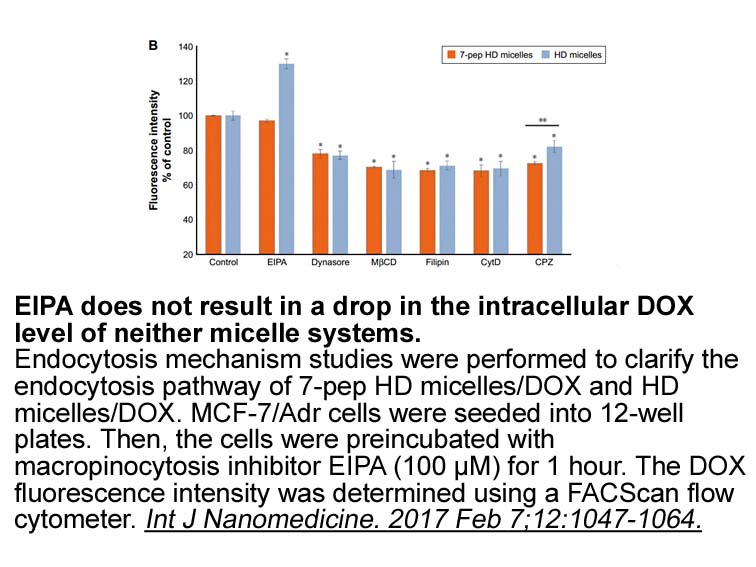
The strong adsorption of amines to the stationary phase of gas chromatography (GC) columns causes issues such as tailing, ghosting and low reproducibility [12], [13]. A common practice to overcome this problem is the chemical derivatisation of amines prior to GC analysis [14]. Comprehensive reviews
-
Not all of the biological activities exhibited by progestoge
2021-04-01
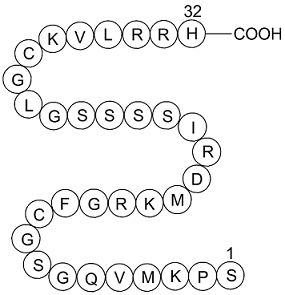
Not all of the biological activities exhibited by progestogens (Table 1) are mediated via binding to SRs. For example, the anti-estrogenic action of progestogens in the medetomidine is due to the progestogen-bound PR suppressing ER gene expression, and consequently the ability of the cell to respon
-
Drug resistance to both pathogens and cancer has
2021-04-01
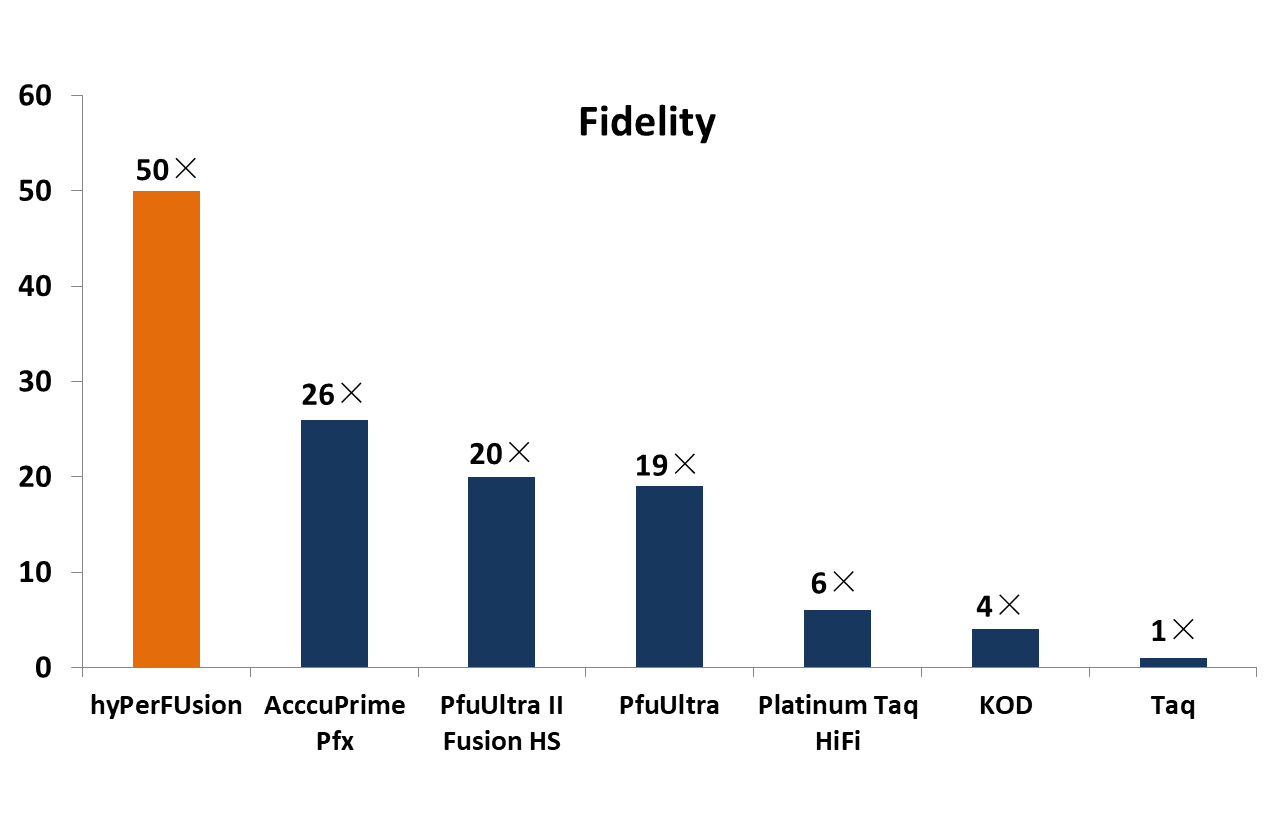
Drug resistance to both pathogens and cancer has been a big hindrance in healthcare. Integrated research undertakings are being pursued to find the exact causes of the lack of response towards drugs. Surprisingly, host pumps are the key factors in failure of most drugs. The pumps either do not allow
-
monohydrochloride br Coactivator Binding Sets APC C
2021-04-01
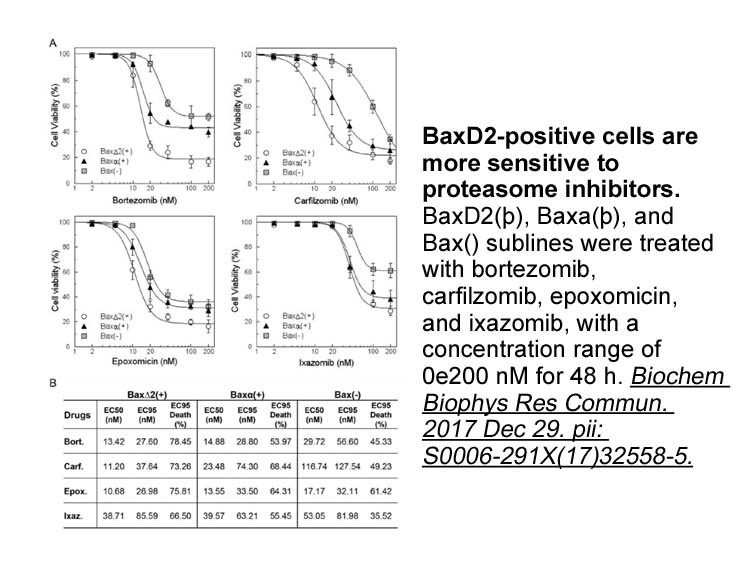
Coactivator Binding Sets APC/C Catalytic Core in Motion A coactivator not only recruits substrates to APC/C [18] (Figure 3B), but also stimulates repositioning of the catalytic core 19, 24. High-resolution cryo-EM maps of apo forms of APC/C without a coactivator show the catalytic core and platfo
-
br The central role of
2021-04-01
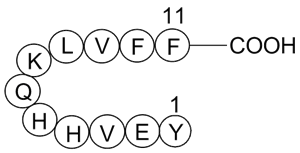
The central role of DNA-PK in the NHEJ NHEJ can be divided in several steps (Fig. 1A): 1) recognition and binding of Ku at each ends of the DSB following by the assembly of the DNA-PK at the break points and bridging; 2) phosphorylation of the DNA ends by DNA-PKcs; 3) ligation of the ends by DNA
15827 records 686/1056 page Previous Next First page 上5页 686687688689690 下5页 Last page